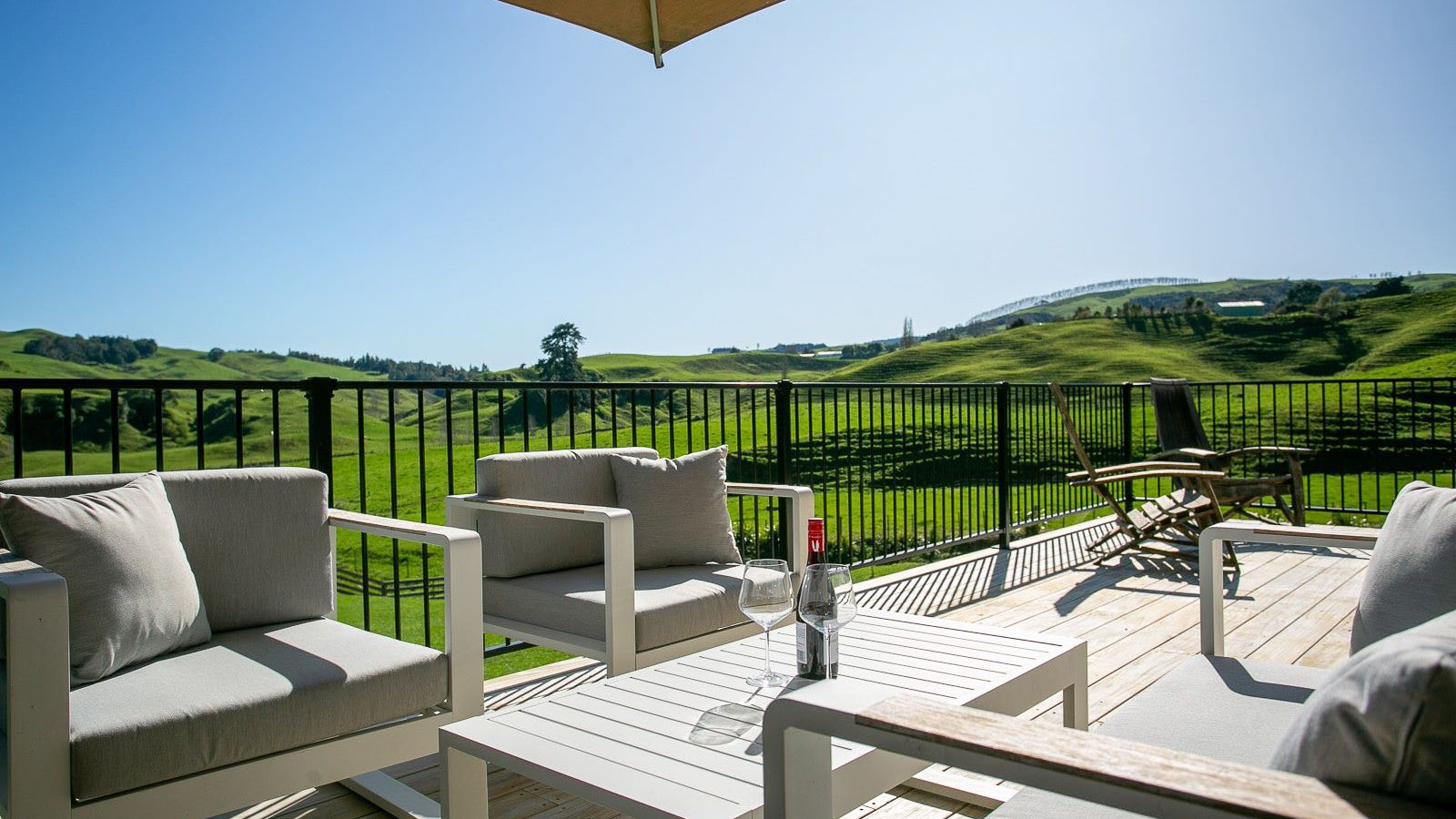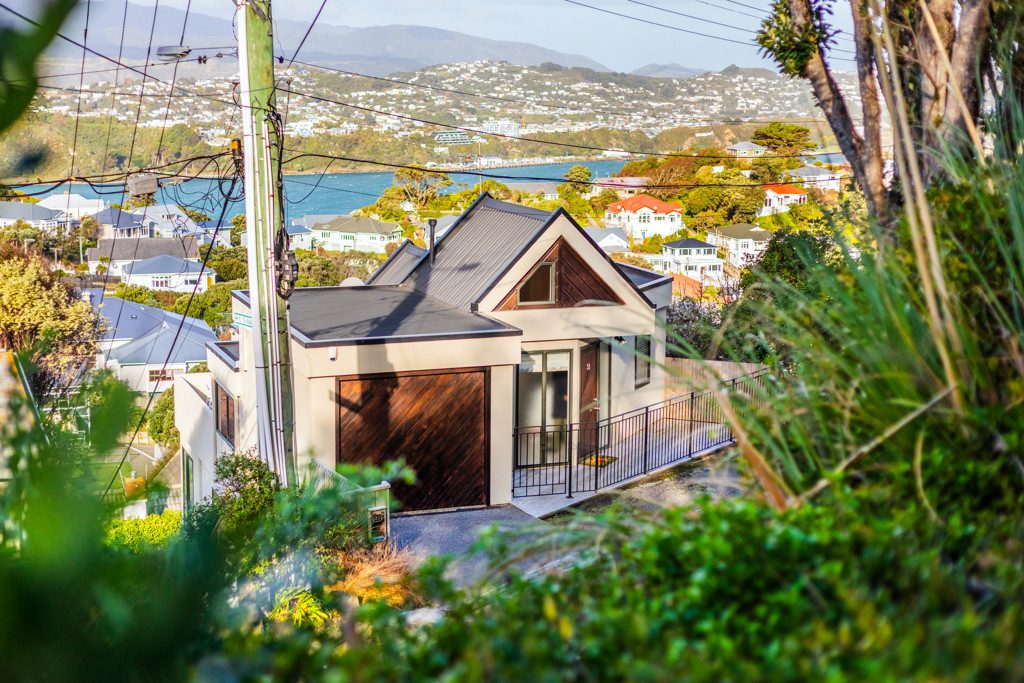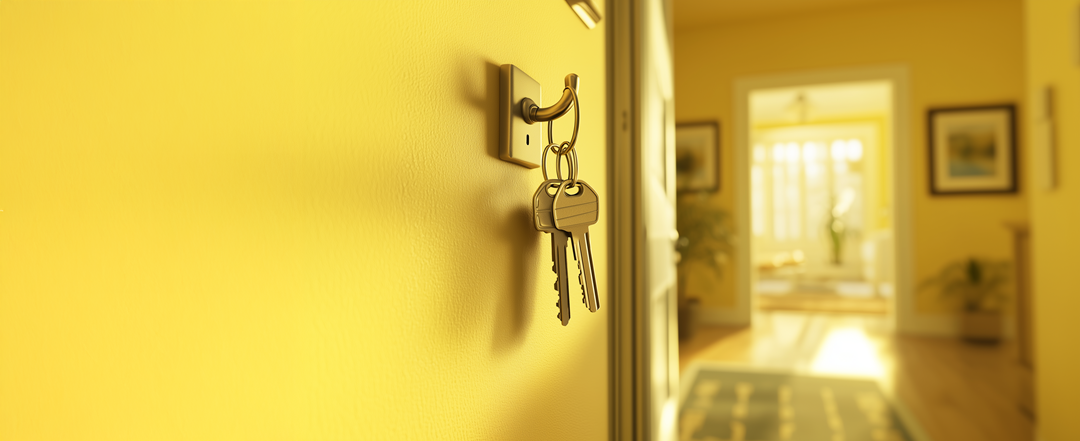Feature article
Why lifestyle properties are still appealing to Kiwi
The price of a small home in a big city will also buy you a house in the country with a couple of hectares
Last updated: 9 March 2023
What you'll learn:
- Your due diligence will be more lengthy with a lifestyle property.
- Check the services to the property for broadband, cell, water, and sewerage.
- Look closely at the LIM for flood zones, liquefaction and hazards.
- Sheds and an extra dwelling will add value to a lifestyle property.
- Don’t go too big for your first lifestyle property.
- Look for a property with good proximity to the nearest town and schools.
- You may have to pay a larger deposit for a lifestyle property than a usual home.
As in-fill housing and new developments intensify the living in big cities, you’re either someone who’s happy to live close to neighbours or you long for some space where you can enjoy the peace and quiet and let the kids run free. In Aotearoa New Zealand, we’re lucky enough to have a plethora of lifestyle properties around the country to choose from where you’ll get a lot for your money, if you’re looking in the $1 million to $1.2 million range.
The housing may be modern, a solid 60s farmhouse, or a beautiful old villa, while the land could be a piece of land sectioned off from a farm, or a subdivision with generous 5000 sq m lots – you can spread the net wide and see what appeals.
Often these properties will have another dwelling which will give you options for having family to stay, somewhere for the children to expand to or even an Airbnb option. They might also have a shed and garage useful for running a business from home or for storing the boat or van.
The need-to-knows about buying a lifestyle property
So, there are some things you’ll have to get your head around before becoming serious on a lifestyle property. If you’re planning to work from home, these rural properties may not necessarily have broadband and cell phone coverage. Fibre has not made it to rural New Zealand yet, so people use other options like Lightwire or Starlink.
You’ll most likely have to get used to the idea of having a water tank and a septic tank which people living this lifestyle can talk you through. It’s something everyone gets used to and it’s not a biggie, they say.
With a bigger site, there may be greater maintenance responsibilities to take care of and you’ll need to have a plan for how you’ll use the land, depending on its proportions.
A Land Information Memorandum (LIM) report is very important when buying a lifestyle property because it will show all the flood zones, the liquefaction and any hazards.
If you want it to graze animals you’ll need to check if it’s enough land, says CBRE valuer Glenda Whitehead, who has her own 2 ha lifestyle block, with six sheep, outside of Cambridge. She and her partner run their stock at a nearby lifestyle property owned by a finance executive who didn’t have any plan for the land he got with his property. Glenda grew up on a farm and her other half is an ex-dairy farmer, so they’re pros.
If you’re starting out and just want a few chooks and a bit of space, the lifestyle block owner recommends a 5000 sq m site typically found on subdivisions. You’ll need a ride-on mower and you’ll have somewhere to put a shed, she says. “You can have your house in one corner and then a paddock.”
Glenda was valuing a lot of sheds after the pandemic lockdowns and that’s what she saw springing up at that time – sheds and pools.
She notes most lifestyle properties come with covenants on what you can and can’t add to the property. Most of the covenants say you can’t add caravans or tiny homes, so check that, she advises. You’ll also need to listen to what the local council says.
If it’s just land that you’re buying and you’re hoping to move a house onto it, you’ll want to see if this is permitted. On a piece of land that has been subdivided off a farm, you might be able to do that, she says. But check before you buy.
Glenda’s tip to people coming from the city is to make sure to buy near a town where the community meet up regularly and support each other. You’ll have plenty of questions when you first move and your best bet will be your neighbours.
The valuer has a second dwelling on her lifestyle block which she rents out. In a number of new homes she’s seen a secondary dwelling built on the other side of the garage. They might be used as a granny flat or for the teens who won't leave home.
“Talking to the agents around here, there’s a good strong demand for lifestyle properties with secondary dwellings,” she adds. And these must meet Healthy Homes standards, she warns.
“All the housing rules are the same, it doesn’t matter if the house is on 500 sq m of land or 5000 sqm,” she says.
328 Brunskill Road, Cambridge, Waipa, Waikato
How to add value to your lifestyle property?
What’s attractive about a lifestyle property is that there are all kinds of ways you can add value to it. Glenda says in their case they’ve developed the grounds to make them look more attractive and they’ve added solar panels to the house.
David says landscaping is something that buyers appreciate. “Do it properly, get the right species of plants in and get someone professional to prepare a plan,” he says.
And if you put a pool in, it’ll give you strong pulling power when the kids get older and their friends will come to them, he adds.
Second dwellings on a lifestyle property, usually around 70 to 80 sq m, are very useful and shedding has the biggest pulling power, says the Cambridge agent.
“They’re for people who have the toys – the boat, the campervan, the cars or for home hobbyists,” he adds.
Borrowing to buy a lifestyle property
Be prepared for a few things to be different when organising finance to buy a lifestyle property. According to Rupert Gough from Mortgage Lab, most banks will want a 20% deposit if it’s a lifestyle property of under 10 hectares, although they do make exceptions on this.
If the land is over 10 hectares, lenders will usually want a larger deposit, typically around 30%.
Meanwhile, banks won’t tend to give a blanket pre-approval on lifestyle properties, they’ll want to check every property individually, because each is so different, says Rupert.
“It’s still perceived as a residential loan, it’s just that it’s got a big section,” he adds.
328 Brunskill Road, Cambridge, Waipa, Waikato
Why do lifestyle property owners stay?
Owning a lifestyle property isn’t for the faint-hearted but people living the life rave about it. Says Glenda, “We loved lockdown, we had space around us and our place is never finished, there’s always something to do,” she says.
One of the first things David Soar advises after you move in is to sit outside at the end of the day and just listen.
“You can have had the worst day at the office, but if you just enjoy the quiet, sit out on the deck with a drink, and once you’ve done that, you’ll realise this is what it’s all about,” he says.
Other articles you might like









